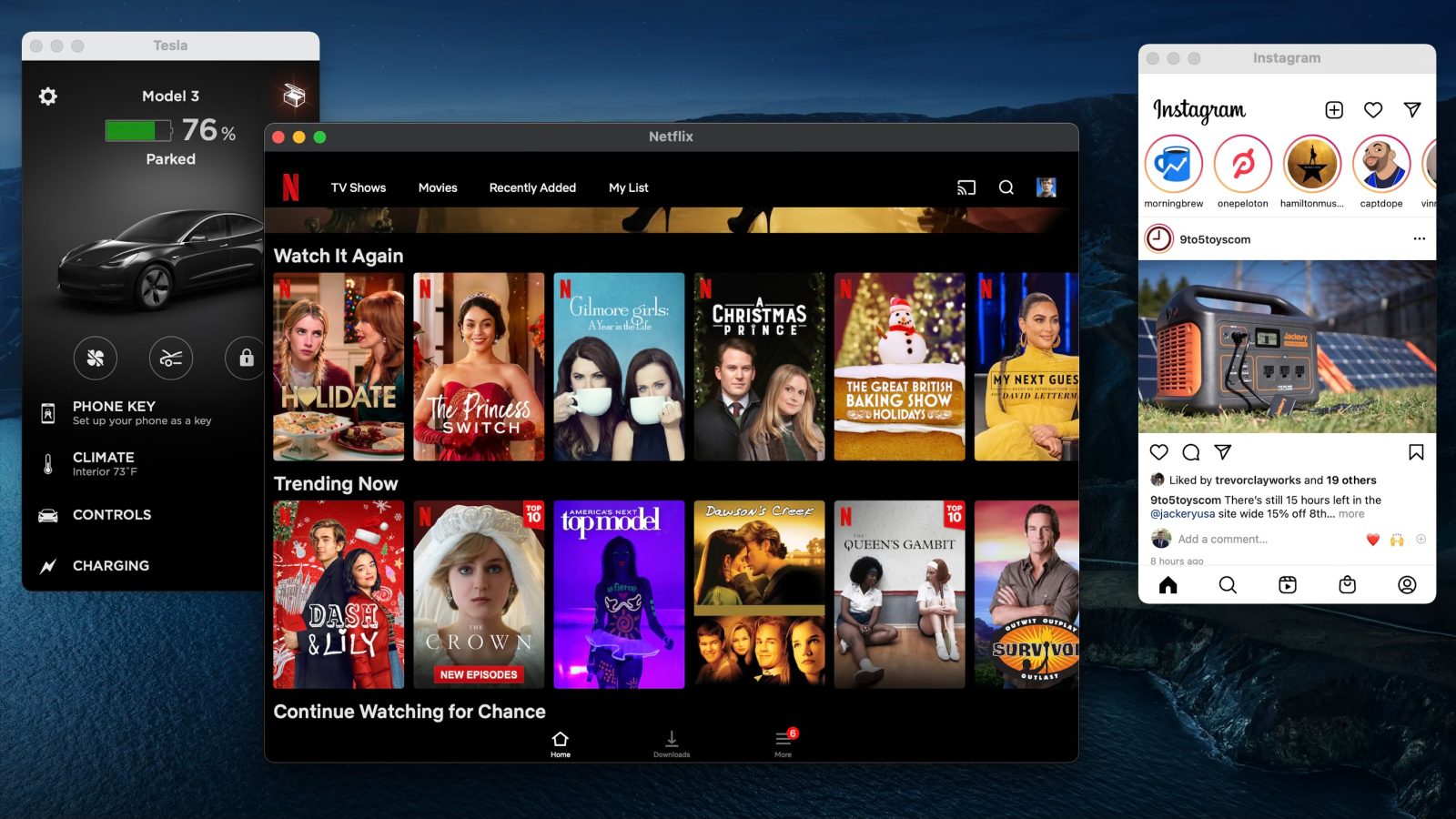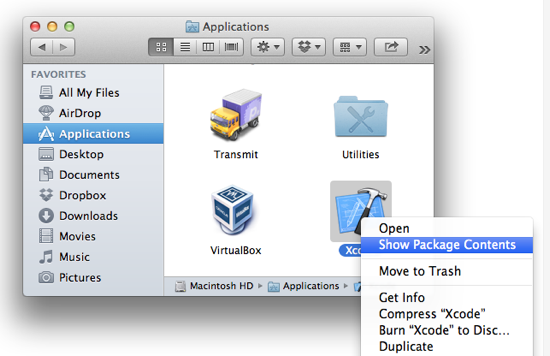- This is one of the 20 best iOS emulators to run iOS apps on Mac and Windows. It runs on the ubiquitous Adobe Air Framework. For users that are familiar with Adobe Air Framework, you would know Adobe Air is quite remarkable. This emulator creates a virtual screen on the laptop, bearing a resemblance to the iPhone Screen.
- You may connect a real device to your Mac using a cable, or for iOS or tvOS apps, connect it over WiFi after you pair it with Xcode. For macOS apps, choose a scheme, then click the Run button in the toolbar. You can also run SwiftUI apps in the simulator or on a device using the controls in the preview.
- Jun 15, 2020 The basic way to open a list of simulators is to use Xcode - Window - Devices and Simulators. Here you can create and manage all available simulators. But you cannot run them directly.
IPhone Emulator for Windows. IPadian is one of the best and my favorite iOS Emulator to run any iPhone apps on our Windows Laptop or Computer. It is an Offline based software that lets you try Apps even when you are out of the Internet.
© Crystal Cox/Business Insider You'll be able to run iPhone apps on the coming Mac computers. Crystal Cox/Business Insider
- You can't run iPhone apps on a Mac computer without using an emulator, though that will change with a new generation of Macs, set to come out by the end of 2020.
- The new Macs will run on Apple's own chipsets that are similar to what's found in iOS devices.
- To run an iPhone app on an older Intel-based Mac, you need to use an emulator like Xcode.
- Visit Business Insider's Tech Reference library for more stories.
Your Mac isn't generally able to run apps from your iPhone. iOS apps are designed using a fundamentally different architecture than Mac software, which means they're incompatible – Mac programs can't run on iPhones, and iPhone apps can't run on Macs.
Popular Searches
You'll soon be able to run iPhone apps on some Mac models
That's about to change, though. In an Apple developer conference earlier this year, Apple announced that it was going to stop building Macs with Intel-based CPUs. In its place, Apple is creating its own chipset in much the same way it already does for iPhones, iPads, and other iOS and mobile devices. When this happens, the new Macs will share a similar architecture to iOS devices and will be able to natively run iPhone apps.
Apple has designed its own ARM-based processors for iPhone and iPad devices for years. ARM chipsets use a design approach called reduced instruction set computing (RISC) which is generally more efficient and uses less power than traditional desktop processors, such as those made by Intel. Apple has had great success developing ARM chipsets for its mobile devices and the latest generation now offers enough performance for desktop devices like laptops. Starting late in 2020, Apple should be releasing Mac computers with these ARM-based chips.
Because these Macs will have an architecture that's so similar to iOS devices, Apple has announced that they can natively run iPhone apps with no further changes or modifications. You'll be able to install iOS apps directly from the Mac's app store.
© OLI SCARFF/AFP via Getty Images With the new generation of Macs, you'll be able to get all of your iPhone apps on your computer as well. OLI SCARFF/AFP via Getty ImagesThe timing is uncertain, but the new Macs running Apple chips are expected to come out before the end of the year. As a result, both Intel chipset and Apple chipset Macs will be around for quite some time, and only the ones with Apple chipsets will be able to run iPhone apps. This might be a little confusing until most Intel-based Macs have been retired.
Running iPhone apps on a Mac with an emulator
New, iPhone-app-compatible Macs may be coming soon, but that's not the entire story. Because software developers need to be able to test iPhone apps quickly and easily, they sometimes use emulator software to run iPhone apps on Macs.
Free Ios Emulators For Pc
There are a handful of emulators available for Mac that can run iPhone apps, but keep in mind that these are not intended for casual users. These programs are not easy to install or manage, and generally require developer knowledge to use them successfully. In addition, it's generally not possible to install apps from the Apple App Store; you're limited to apps stored on the Mac. One of the most common iPhone emulators is Apple's own Xcode.

Related coverage from Tech Reference:
This is a brief overview of techniques used to run Xamarin.Forms apps on iOS from a Windows PC. This will allow you to test your apps on iOS devices without being part of the Apple Developer Program. This simulator testing is valuable and convenient, it is also essential to test your apps to verify that they function properly before deploying them to Apple Store.
Required Tools:Windows PC, Macintosh Computer, Xamarin.Forms (Installed on the PC and Mac),Visual Studio 2019 (PC only), XCode (Mac only).
Let’s begin. On the Mac, navigate to “System Preferences” and then to “Sharing.” Ensure that “Remote Login” is enabled and “All users” is selected. Leave this window open as we will need it later.
Android Emulator Mac
Back on the PC, open Visual Studio, and create a new project. Select the “Mobile App (Xamarin.Forms)” template. Then click next.
Ipadian For Mac
Continue through the setup wizard as normal until you reach this screen. Ensure that the “iOS” platform is enabled.
Once the project is created, click on the “Pair to Mac” button at the top right of the screen.

This window should appear. If yourMac is already listed, simply click on it and then “Connect.” If your Mac isnot listed, click “Add Mac…” and enter the Mac’s IP address.
Iphone Emulator For Windows 10
This step will likely cause themost headache and confusion. If you run into any problems, double-check thatboth computers are connected to the same network, both computers are powered onand awake, and that all your software is up to date.
But if everything goes according to plan, your Mac should now be successfully paired to Visual Studio.
Once we have paired to a Mac, it’s time to run our app. At the top of Visual Studio, click the “Solution Platforms” dropdown and choose “iPhone Simulator.” Next, click the “Startup Projects” dropdown and choose “<yourProjectName>.iOS” Last, click the “Device” dropdown and select your preferred iPhone emulator.
The final step, click “Run” and your iPhone emulator should startup on the Mac. After a couple of moments, your app should open on the emulator.

In summary, We hope this is helpful to you. Mobile app development is a tremendous market that businesses need to invest in. Aside from publicity, entrepreneurs can use this platform to connect to customers on a personal level and to be relevant in younger generations.
Run Iphone Emulator Mac Free
Contact Agile Tech if you want to develop mobile apps for your business so you can improve your communication with your clients and employees. We’ll design it, develop it, deploy it, and maintain it for you.